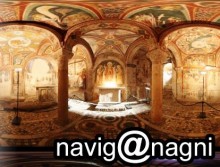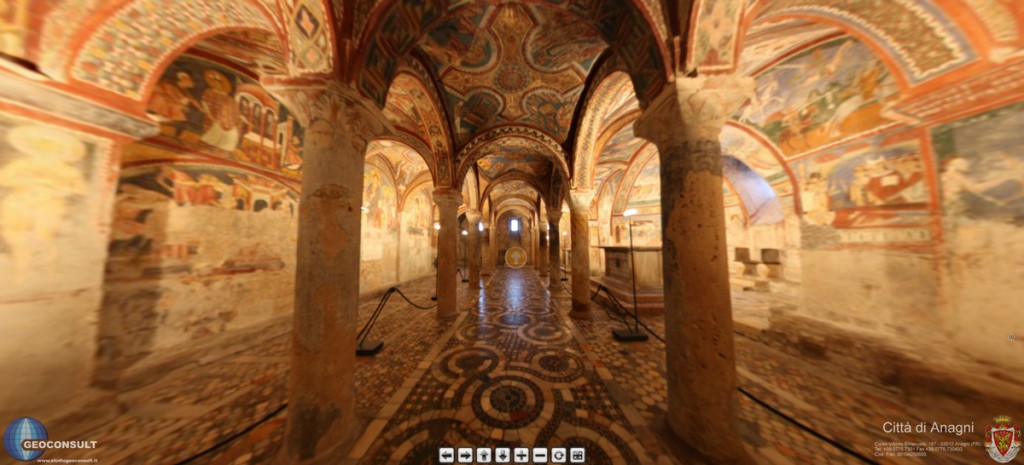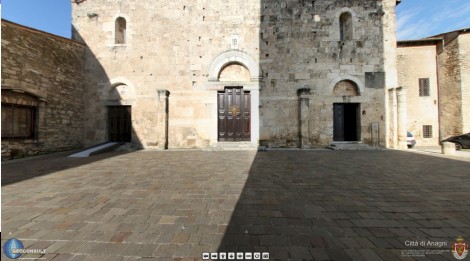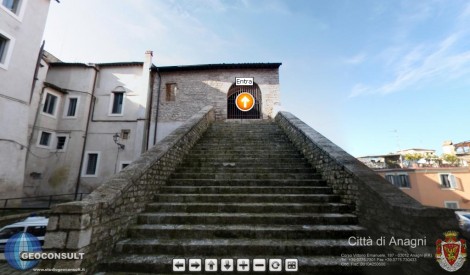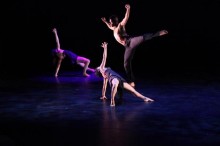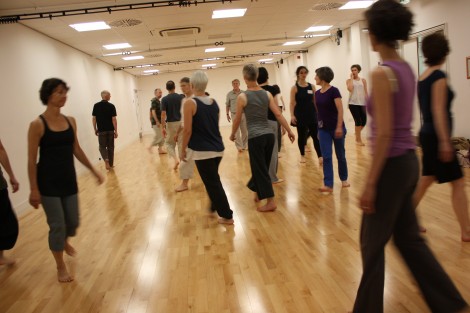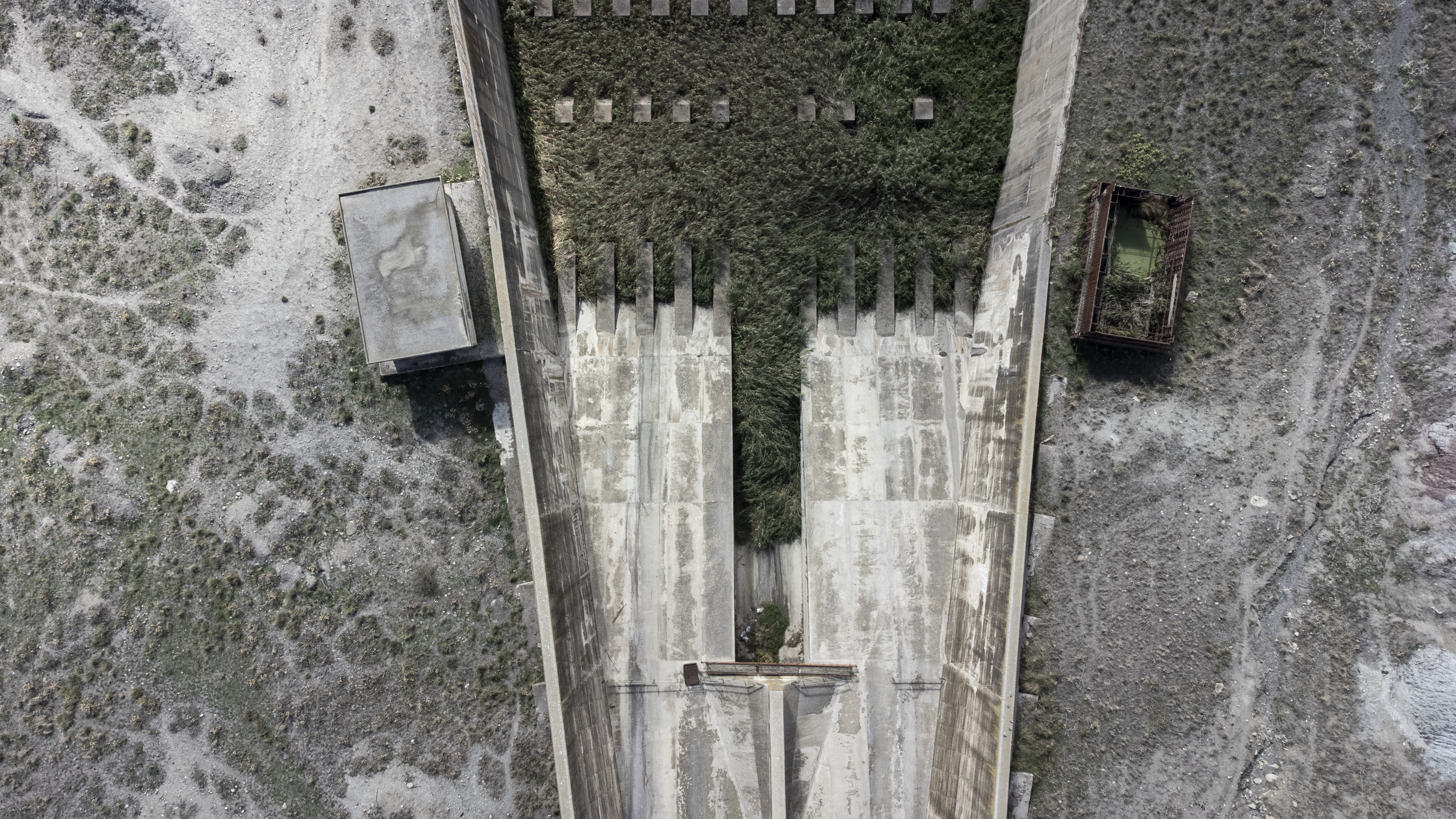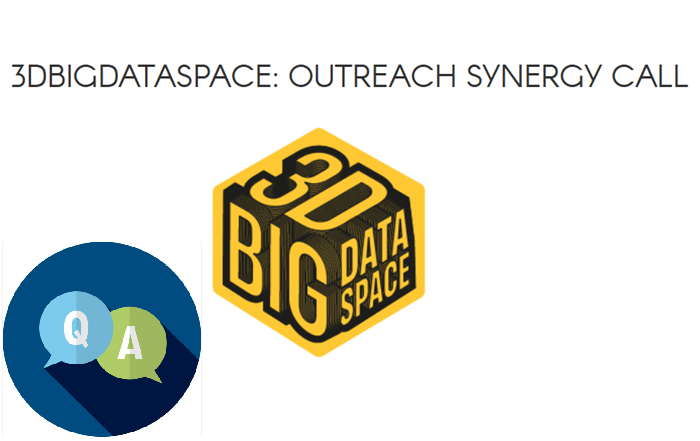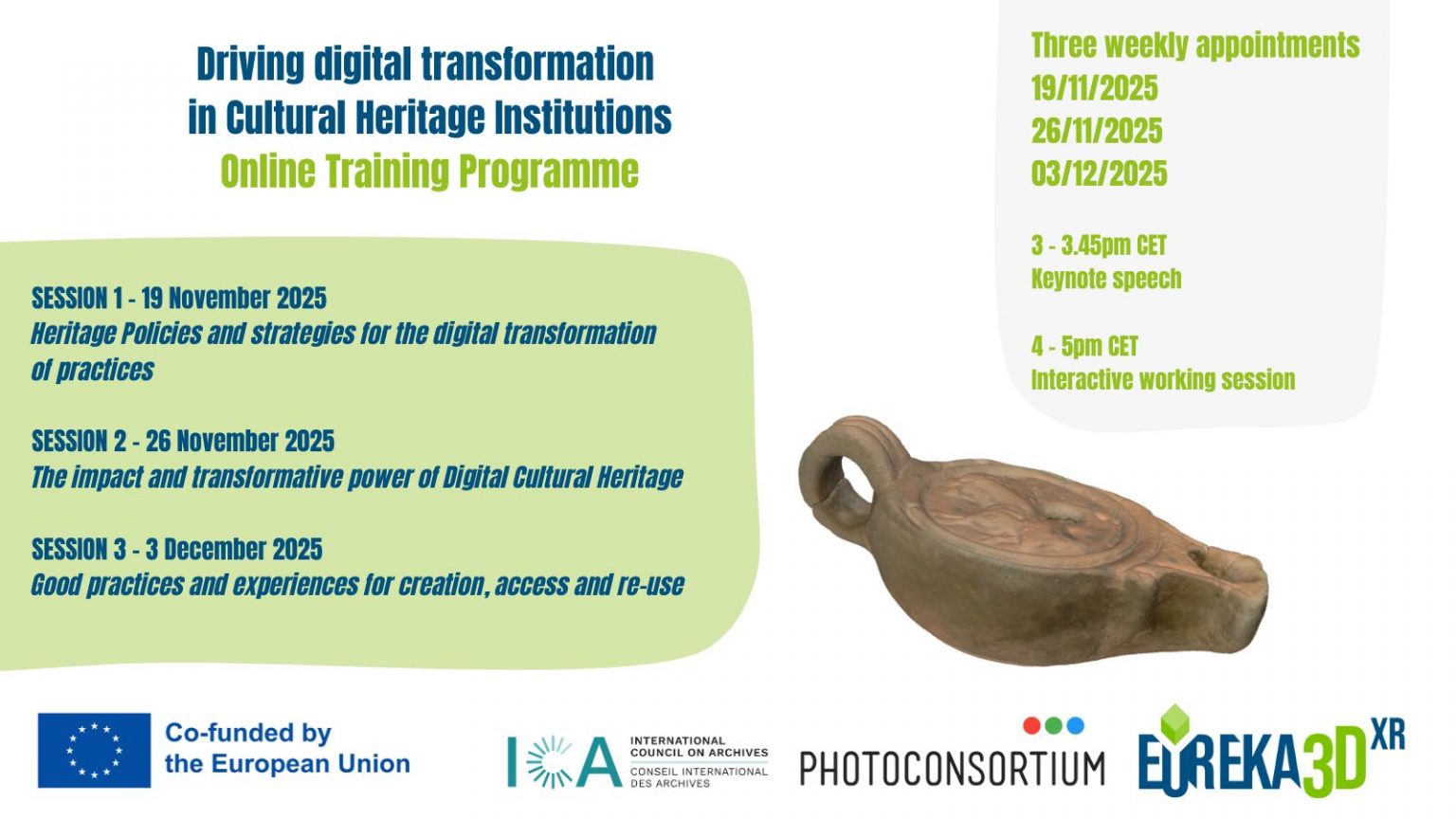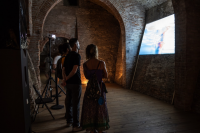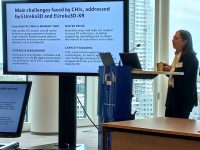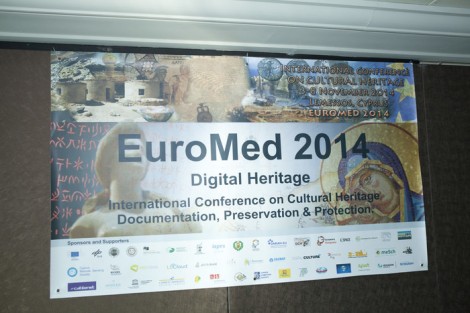 A panel workshop to disseminate the latest achievements and to foster collaboration in the digital cultural heritage sector was organized by Promoter Srl on Novermber 3rd, 2014 in the framework of the important congress Euromed 2014.
A panel workshop to disseminate the latest achievements and to foster collaboration in the digital cultural heritage sector was organized by Promoter Srl on Novermber 3rd, 2014 in the framework of the important congress Euromed 2014.
EU projects, organizations and professional operating in this field were invited to participate in the discussion.
Title of the session: The Digitization Age: Mass Culture is Quality Culture. Challenges for cultural heritage and society
The amount of digitized cultural heritage in Europe continues to grow: the digitization activities have a positive impact on the society, by making the cultural heritage more accessible for the citizens, and by generating benefits to the content owners. Several questions arise about digitized cultural heritage: how can digital cultural data be re-used at best, what is the impact on society, and how to preserve it in the long term? This panel discussion will try to answer these questions, and to present the latest EU projects that wish to identify a strategy for the cultural heritage in the new digital age.
The project that particpated to the workshop are both advanced projects such as ITN-DCH, Europeana Photography and Preforma, and newly launched projects as Europeana Space, RICHES, and the brand new Civic Epistemologies (kick-off meeting on 1st September 2014).
Starting from digitization, which produced such a big amount of cultural data, there are different areas of impact: to use such digitized materials, the e-infrastructures and preservation standards are needed, mostly for allowing to manage and search digital cultural objects and metadata, in terms of creative re-use and scientific research.
An analysis about the impact of digital cultural heritage on the society at large is necessary to understand how the society itself is changing, and how the role of citizens, who become an active part in the science and humanities, is crucial to guarantee a real development and participation in the research and educational fields.
A creative re-use of digital cultural content and repositories can also act as a leverage to unlock the business potential of European cultural heritage, generating benefits for companies and creating new job opportunities.
For more information:
Article “The Digitization Age: Mass Culture is Quality Culture. Challenges for cultural heritage and society.”, by Valentina Bachi, Antonella Fresa, Claudia Pierotti, Claudio Prandoni, Promoter srl (PDF, 1.2 Mb)
AGENDA Panel Workshop – The Digitization Age Mass Culture is Quality Culture
Congress website with more photos of the Euromed 2014 congress


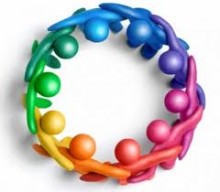














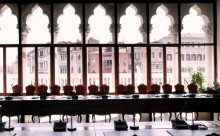
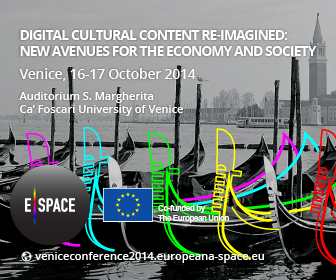 A rich program of speakers and creative sessions to build bridges between Cultural Institutions and Creative Industry.
A rich program of speakers and creative sessions to build bridges between Cultural Institutions and Creative Industry.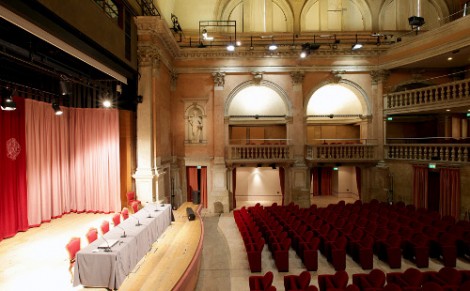
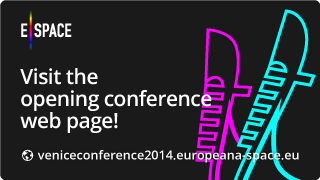
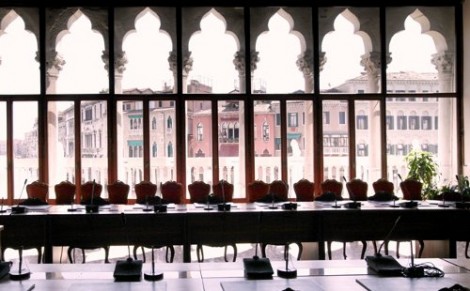
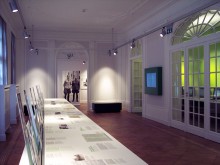






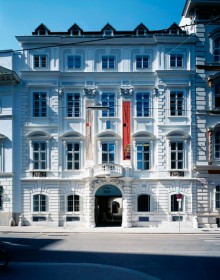
 After the success of last year’s workshop, we are delighted to announce the return of this training event organised by APARSEN and presented in collaboration with TIMBUS.
After the success of last year’s workshop, we are delighted to announce the return of this training event organised by APARSEN and presented in collaboration with TIMBUS.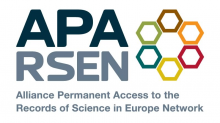 The course is the second iteration of what will become a yearly event to be presented from 2015 by the Virtual Centre of Excellence developed out of APARSEN. It will bring together those at the forefront of digital preservation research and training, and it is intended for managers and staff already working in digital preservation. It assumes a working knowledge of existing standards like the Open Archival Information System (OAIS) as well as an understanding of how issues of preservation apply to their own institution.
The course is the second iteration of what will become a yearly event to be presented from 2015 by the Virtual Centre of Excellence developed out of APARSEN. It will bring together those at the forefront of digital preservation research and training, and it is intended for managers and staff already working in digital preservation. It assumes a working knowledge of existing standards like the Open Archival Information System (OAIS) as well as an understanding of how issues of preservation apply to their own institution.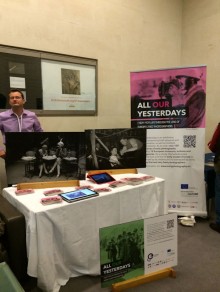
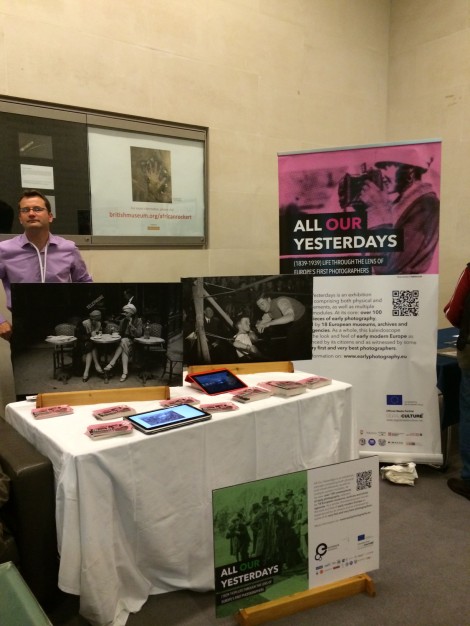
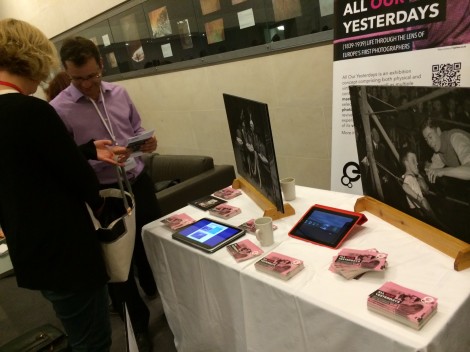


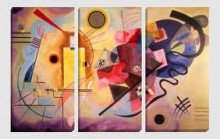

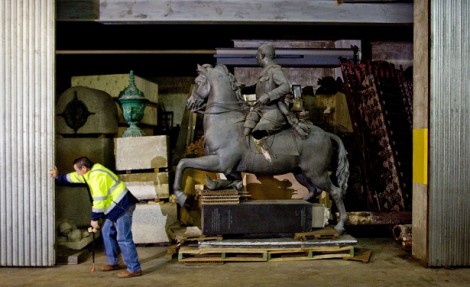
 Collective Amnesia is a collaborative project between the Fundació Joan Miró and Tricentenari BCN. It is part of Preventive Archaeology, an exhibition program at Espai 13, the Fundació’s project room for emerging artists.
Collective Amnesia is a collaborative project between the Fundació Joan Miró and Tricentenari BCN. It is part of Preventive Archaeology, an exhibition program at Espai 13, the Fundació’s project room for emerging artists. RICHES on Twitter: #richesEU
RICHES on Twitter: #richesEU

